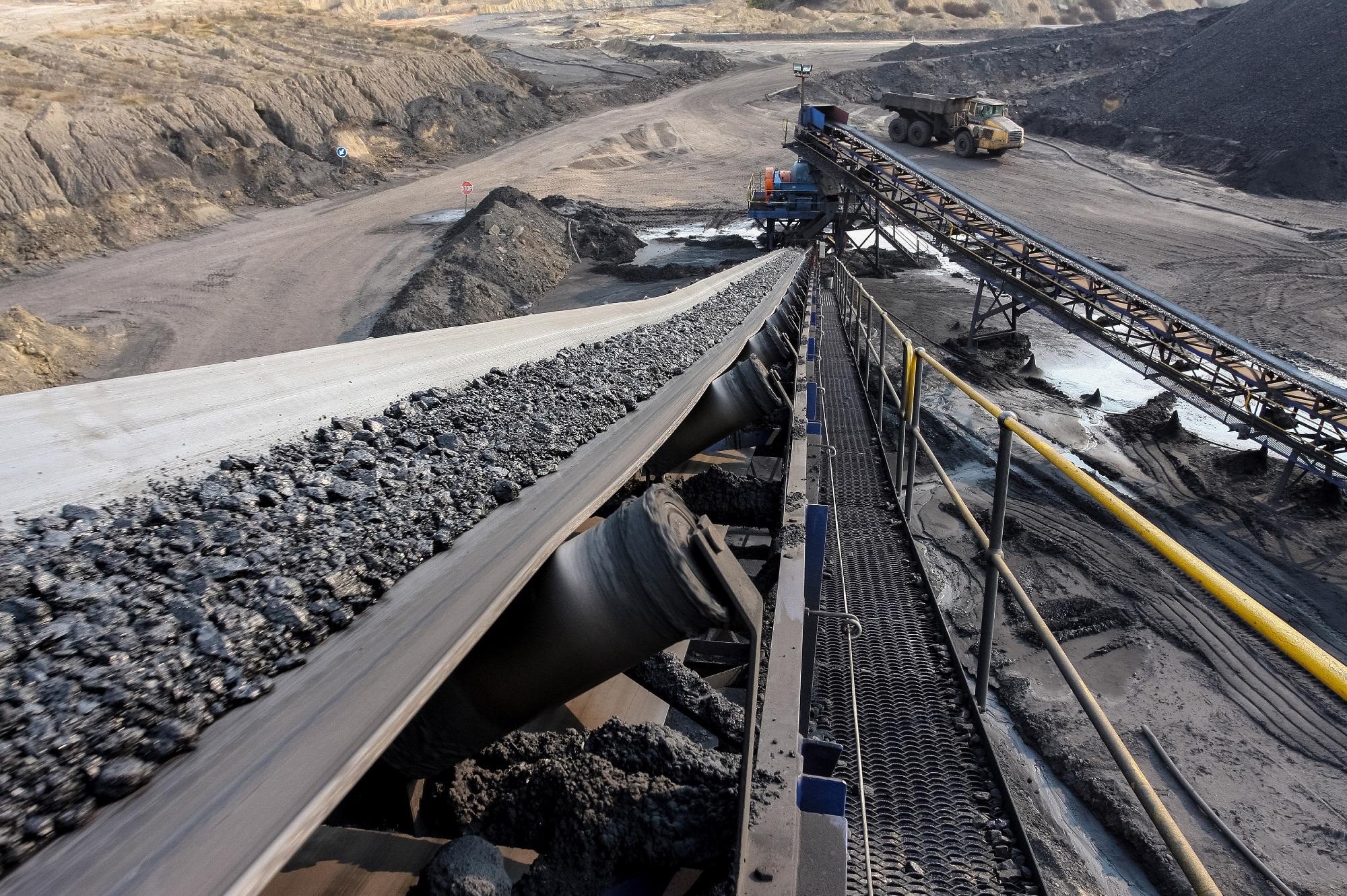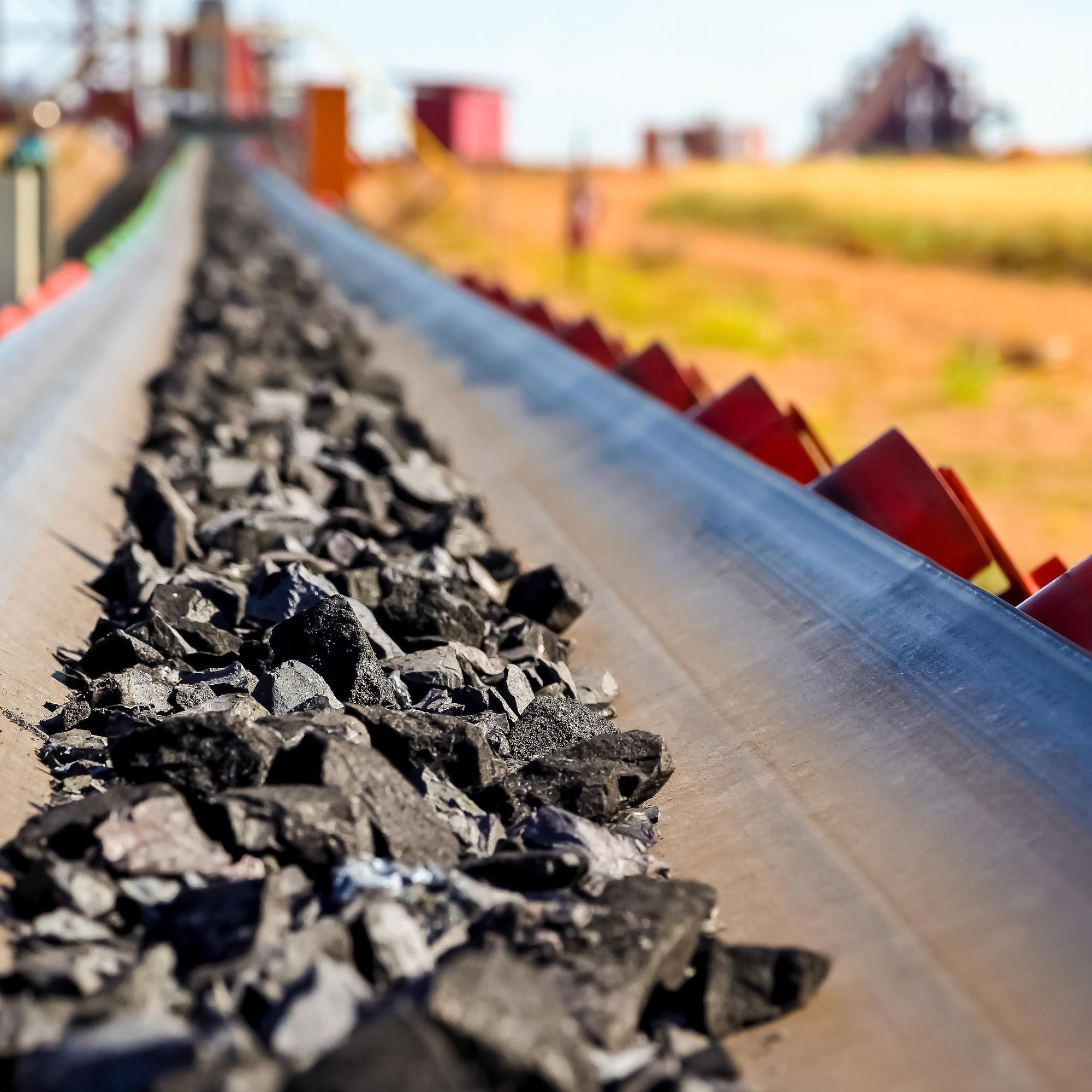In this second in a series of Q&As, Ellen Thomson, Senior Product Application Specialist at Thermo Fisher Scientific, discusses the highly topical issue of ore sorting, highlighting what it is, why miners should be interested, and the technologies available for its implementation. She also offers some valuable advice for those embarking on a project.
What is ore sorting?
Ore sorting is a preconcentration process that improves the head grade of the feed to the concentrator. Separating out gangue and low-grade ore at the earliest opportunity optimizes downstream processing. Successful ore sorting also reduces variability in the feed, and delivers more value to the concentrator on an hourly basis. Minimizing the amount of waste or unviable ore that passes through the process improves efficiency and the overall economics of the concentrator.
Why is there currently so much focus on its value for miners?
There are clear processing advantages of taking waste and low-grade material out before investing energy, water, chemicals, and time and plant capacity. However, there are some specific reasons why ore sorting is currently generating such interest.
Firstly, ore grades are falling. Whether in existing mines, where high-grade ores are depleted or in candidate greenfield sites. Ore sorting can make it more economical to process lower grade ores – extending mine life – or accelerate cash flow rates and reduce concentrator capacity requirements in new mines, shifting the investment case.
Secondly, ore sorting delivers benefits that are closely aligned with efforts towards greater sustainability and net-zero. For example, minimizing the amount of waste that goes through the grinding circuit cuts energy consumption per tonne of concentrate and, similarly, the flotation circuit uses less water and fewer chemicals. Furthermore, by removing waste early – in the form of coarser particles – ore sorting can reduce the number of fines that end up in tailings, an important additional environmental gain.
Therefore, the current economic, regulatory, and environmental landscapes are currently compelling for ore sorting, with the associated technologies matured to the point of making implementation realistic and accessible.

Image Credit:Shutterstock/WirestockCreators
What are the options when it comes to sensors for ore sorting?
The first point to highlight is that sensor choice is crucial, as the sensor underpins the entire process of ore sorting, and its performance defines economic benefits.
Sensors differentiate ore through either particle or bulk analysis. Particle-by-particle sorting is typically based on properties such as color, density, and magnetism. Compositional techniques – such as near-infrared sorting – are also an option, as well as high-pressure air ejectors that are usually used to physically separate individual particles.
The alternative approach is to analyze the composition of larger samples of the incoming ore, such as scanning across a conveyor belt. This is bulk ore sorting and can be implemented using techniques such as Prompt Gamma Neutron Activation Analysis (PGNAA) or Pulsed Fast Thermal Neutral Activation (PFTNA).
Combining multiple sorting technologies can also be a good option. Applying orthogonal techniques reduces the risk of inadvertently discarding valuable ore, and addresses the primary limitation – relatively low throughput – of particle-based sorting. A primary screen with a technique such as PGNAA, followed by a final QA/QC with a particle-based technology can be an excellent solution.
How do you choose one solution relative to another?
The short answer to this question is to choose the option that works for your ore. But actually, this is a crucial point. Ore sorting is not an off-the-shelf, bolt-on solution. Instead, it is a case of choosing between technologies to be able to tailor a solution to each unique orebody. Homogeneous ores are more difficult to sort than those that are heterogeneous, and elements of interest present in different minerals can interfere with a sensing technique. A strong candidate technology will also offer good sensitivity around the cut-off grade.
There are operational practicalities to consider, such as how the technology will work in daily processes. For example, penetrative techniques such as PGNAA are unaffected by dust – unlike XRF, a surface scanning technology – and may therefore provide more robust and representative compositional analysis. Reliability is also a critical consideration, since downtime will take the entire ore sorting process offline. Furthermore, faster measurement speeds are extremely valuable because of their impact on throughput and responsiveness.
Finally, it’s vital to assess the level of accuracy that could be achieved. Ore sorting is an exacting analytical application, since false rejection and false acceptance both have an economic impact. Falsely rejecting acceptable ore means sending valuable ore to waste. On the other hand, falsely accepting material below the cut-off grade dilutes the feed stream, eroding efficiency gains. Therefore, even relatively modest gains in precision and accuracy can have a major impact on the economics of the ore sorting process, as illustrated by a great worked example in our copper eBook.

Image Credit:Shutterstock/SuneshineSeeds
What would be your advice for those considering an investment in ore sorting technology?
First and foremost, think about all the possible ramifications of ore sorting, and what you primarily want to achieve. For example, ore sorting may allow you to process more material from the mine without increasing concentrator capacity. This is extremely valuable if the concentrator is a current bottleneck, but not so much if the rate at which rock is extracted from the mine is the primary constraint. The economics of every ore sorting project are different and require robust assessment.
If you think ore sorting may be of value, it’s important to gather as much information about your orebody as possible, and then talk to vendors about the eligibility of different technologies. The next step is to test the available options, and there is no substitute for a site trial when it comes to making a confident choice. We offer a rental system for our PGNAA technology that allows customers to install a CB Omni Agile on a conveyor at minimal cost, enabling them to learn about their ore and what the technology can deliver. If you’re working on a greenfield project, then an alternative option is to send in samples for factory feasibility studies. Provided suitable samples are used, this too can be a very valuable exercise.
Finally, I would highlight the importance of working with a partner that can demonstrate a comprehensive understanding of the associated issues and the industry, and who is able to offer proven technology with a strong track record. Ore sorting is a major undertaking that essentially restructures your process flowsheet. It’s a long-term investment, so working in collaboration with someone who is established and knowledgeable is invaluable.

This information has been sourced, reviewed and adapted from materials provided by Thermo Fisher Scientific – Solutions for Industrial and Safety Applications.
For more information on this source, please visit Thermo Fisher Scientific – Solutions for Industrial and Safety Applications.
Disclaimer: The views expressed here are those of the interviewee and do not necessarily represent the views of AZoM.com Limited (T/A) AZoNetwork, the owner and operator of this website. This disclaimer forms part of the Terms and Conditions of use of this website.